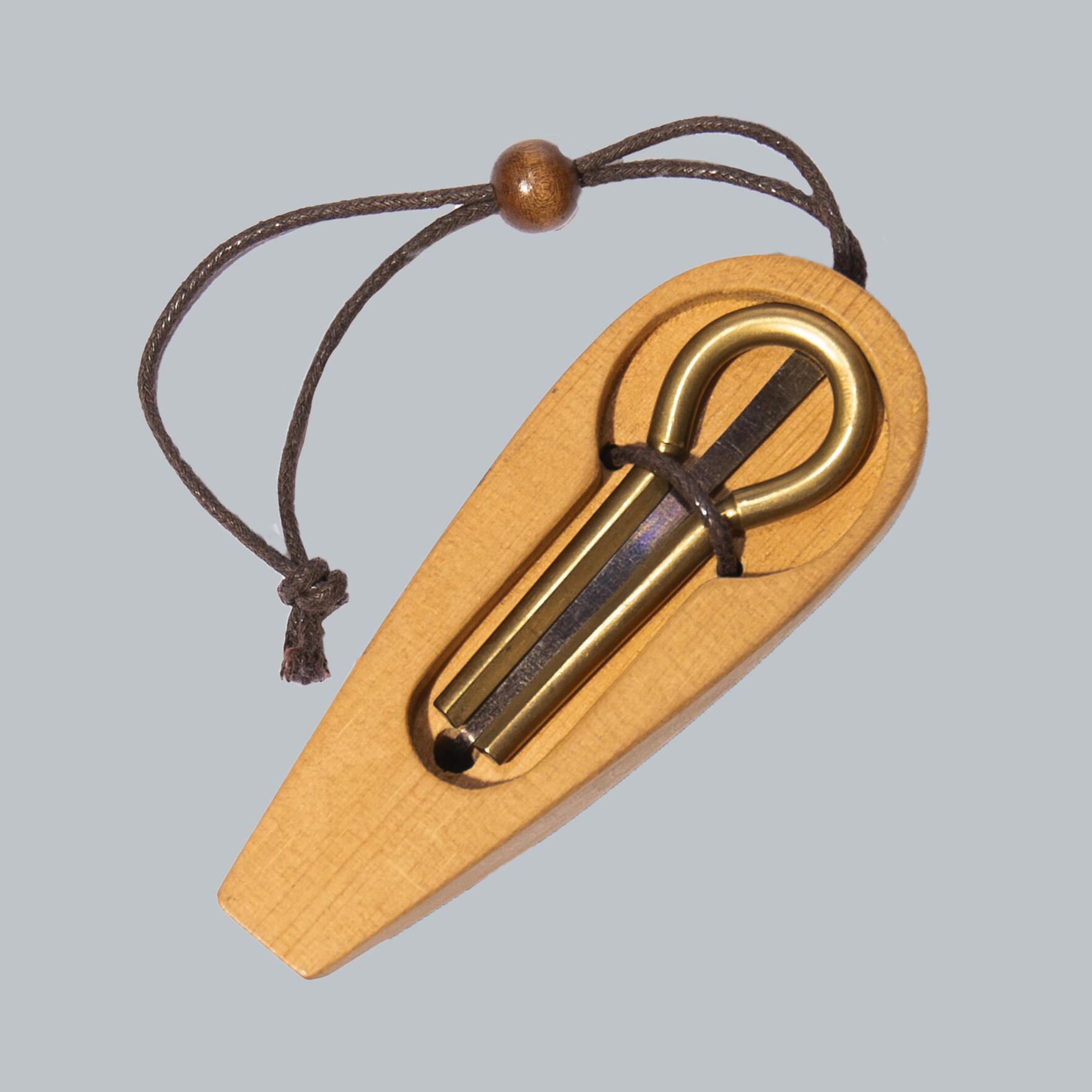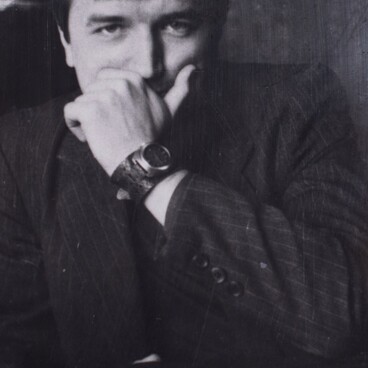According to an Altai legend, the idea to make a komus was suggested to humans by a bear. A hunter once heard unfamiliar melodious sounds in the forest and went to see what it was. There, he saw a bear sitting on a tree and plucking a wood chip that became the prototype of the new instrument.
This musical instrument has been known to various peoples since the earliest times: the Kyrgyz call it “temir komuz”, the Yakuts — “khomus”, and the Russians — “vargan”. All these instruments produce sound with the help of a reed and have a sacred value.
Originally, the secrets of making, tuning, and ritual playing were known only to a select few. Nowadays, the komus can be played by anyone.
Vladimir Potkin (born in Tomsk in 1949) is an Altai musical instrument maker who is considered to be the developer of the modern and improved komus. According to the craftsman, he made his first komuses in 1988–1993 by following precisely the Tuvan and Yakut designs. Over time, having studied the playing technique and its influence on the performer, having communicated with musicians and other craftsmen, Vladimir Potkin decided to depart from traditions and “create a fundamentally new, modern, elegant, and nice sounding vargan”.
Vladimir Potkin and his assistants built their own workshop on the outskirts of the Maima village. They also developed their own machines. The craftsman comments, “The manufacturing technology is only 20% machine processing. The rest is manual, painstaking labor.” Vladimir Potkin delegates mechanical and manual work to his assistants, while he is responsible for designing the instruments, developing the technology, preparing the machines, performing final processing, and tuning the instruments. He says that tuning takes at least half of the entire time.
On average, the range of a komus does not exceed a fourth. The performer takes into account the instrument’s size and material, as well as breathing and precise articulation. The instrument is placed in the mouth, pressed lightly against the front teeth, and the reed’s bent end is plucked with the right hand. The mouth acts as a resonator and tool to alter the pitch.
An experienced vargan player can use the komus to
reproduce the sounds of nature and melodies with a rich sound palette.



